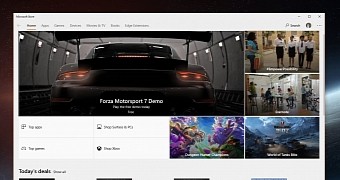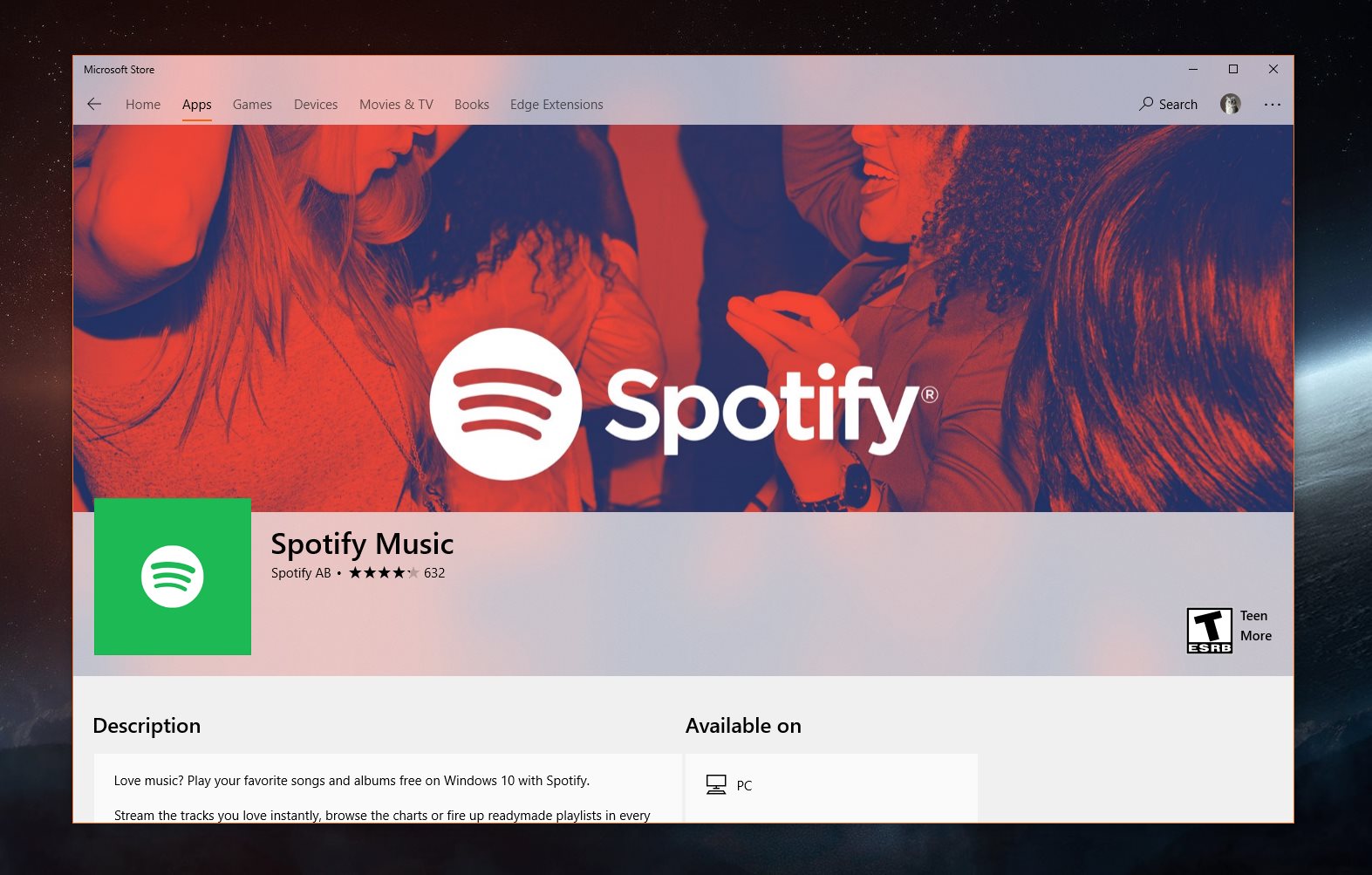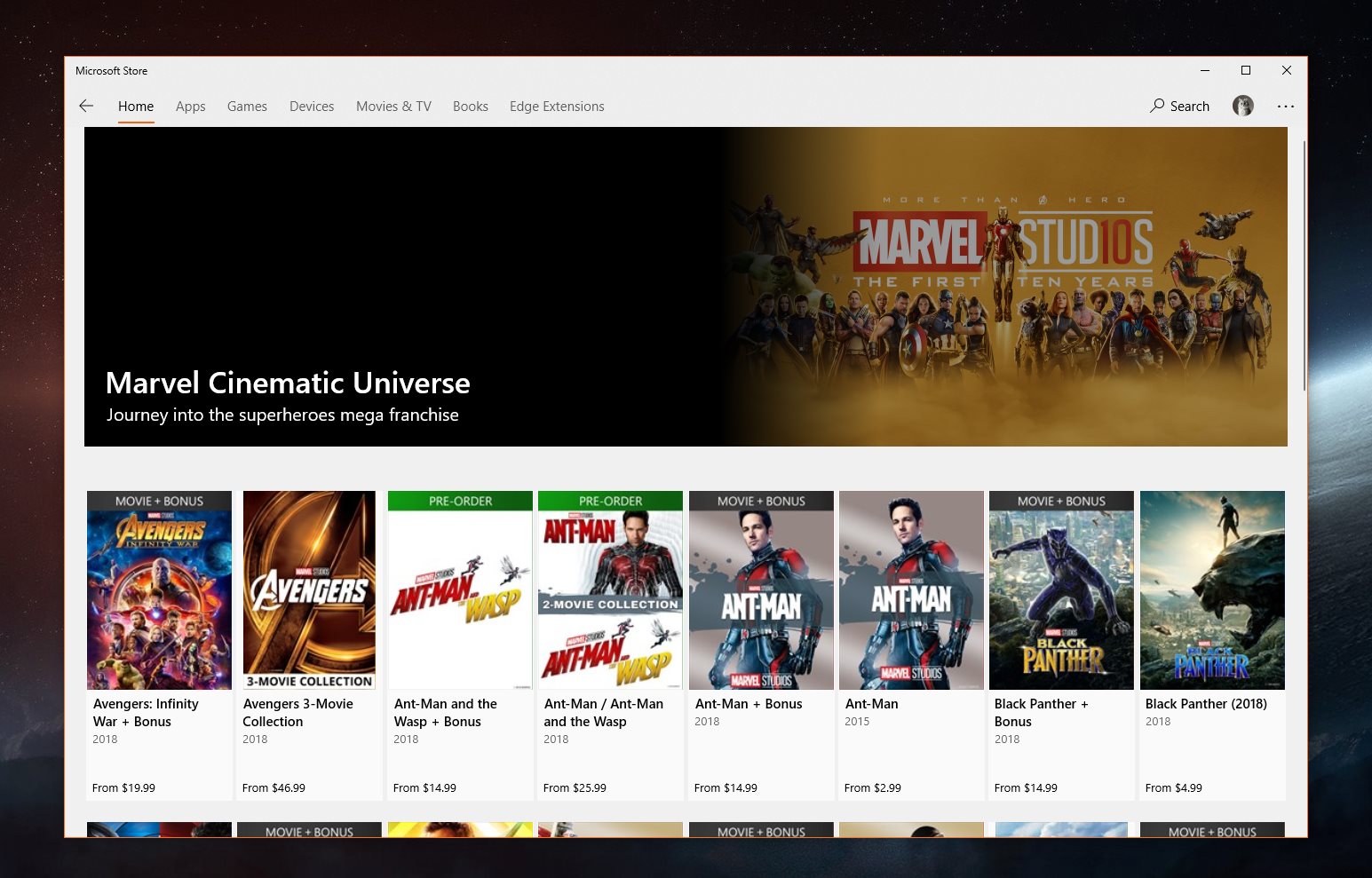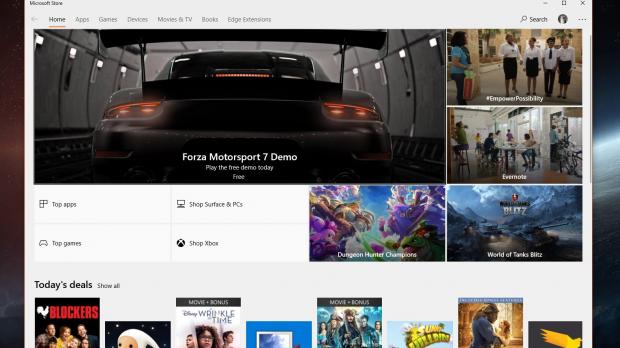The Microsoft Store, previously known as Windows Store, debuted in 2012 together with Windows 8 and Windows RT as an alternative repository of apps that would at some point replace Win32 programs altogether.
The debut was slow and painful, and when the new modern operating systems finally became available for users, there were roughly 5,000 apps in the Windows Store.
The number increased gradually and at a pace that not even Microsoft expected to be this slow. Developers hardly found a reason to port their apps to the Windows Store, and most users obviously preferred to stick with Win32 software as a result of the lack of apps.
Since then, Microsoft has been truly committed to making the Store the one destination for everything, and truth be told, things improved at some level. Sure, this hasn’t stopped the lack of apps from becoming one of the reasons Windows Phone and Windows 10 Mobile eventually failed, but as far as PCs are concerned, the Store improved substantially every year.
At this point, the Microsoft Store is indeed the one destination for everything, and it provides access to apps, games, books, videos, music, and Microsoft Edge extensions. You can also find themes and wallpapers, and Windows 10 users are often encouraged to launch the Store to look for new content.
But it’s also no secret that many Win32 programs aren’t yet available in the Microsoft Store, and no matter how hard it tries, it just looks like Microsoft can’t solve this critical problem of its modern platform.
For example, neither Google Chrome nor Mozilla Firefox is listed in the Microsoft Store right now, and the chances are that they won’t be anytime soon. Obviously, this can only be good news for Microsoft, because at some level it forces users to stick with Microsoft Edge, and judging from where the default Windows 10 browser is right now, it really needs it.
But on the other hand, it also shows that the Windows 10 still has an app problem that’s being resolved rather slowly and painfully.
And to be honest, I haven’t seen too many users actually relying on Microsoft Store apps for their daily activities. I, for one, use mostly the core apps that come with Windows 10, like the Mail app, but besides them, I only installed a number of apps just to try them out and nothing more. I do like the Twitter app, though we already know it would soon switch to PWA, but there are limitations here and there that are just deal-breakers for me. For instance, the Twitter app doesn’t have an auto-refresh in the timeline, and manually refreshing the posts isn’t clearly an option for me.
Other than that, I can hardly find any apps to install and most of the tools that make me productive every day on Windows 10 come in the form of Win32 software. I asked my colleagues and only one was using Microsoft Store apps, being particularly impressed with the Windows 10 version of Enpass. The reason he uses the Store version and not the Win32 sibling is that it integrates Windows Hello.
This can definitely be one of the reasons somebody uses Microsoft Store apps, as they can integrate Windows 10 features, but otherwise, it’s actually hard to convince someone to abandon Win32 software completely and stick only with Store apps.
And this is why I’m asking you: do any of you use Microsoft Store apps on a regular basis? And if yes, what are the apps that you rely on so often? Is there any chance you could give up on Win32 software entirely and stick with a platform like Windows 10 S (limited entirely to Microsoft Store apps)?

 14 DAY TRIAL //
14 DAY TRIAL // 



